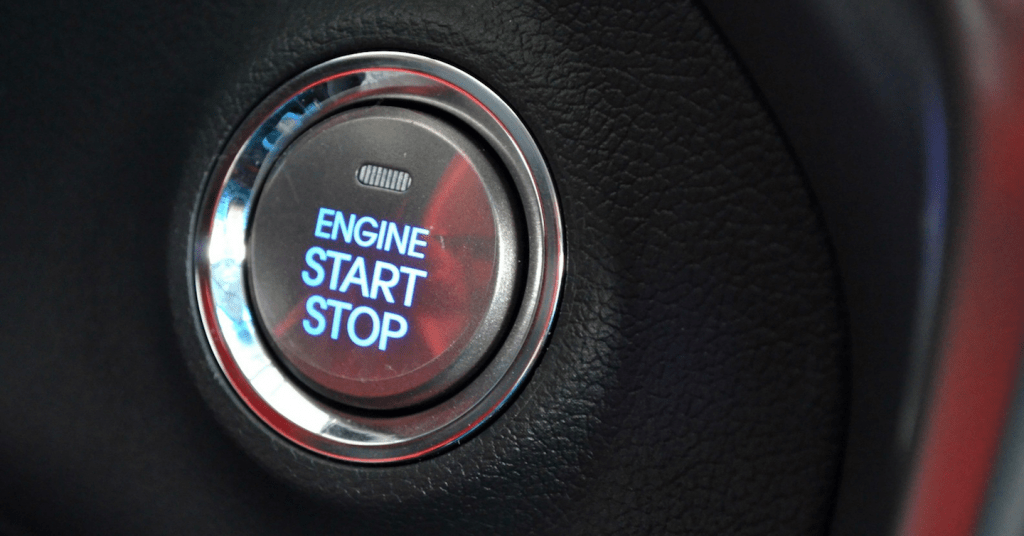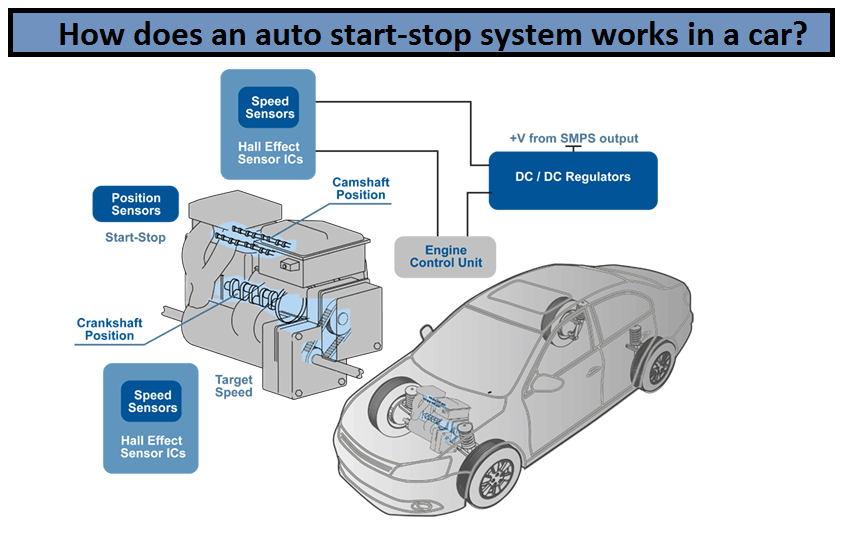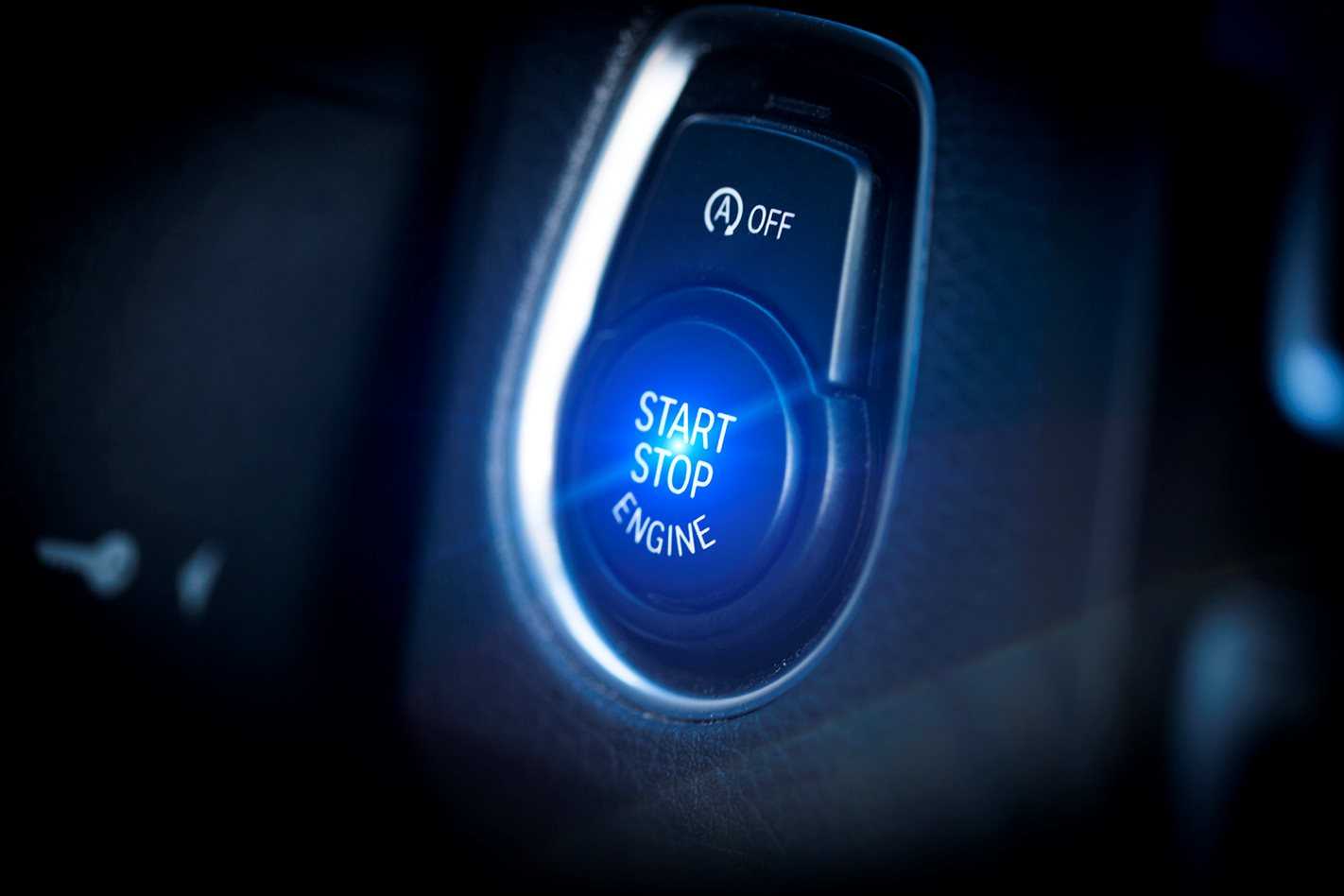Are you owning a start stop technology car or do you think about buying a start stop technology car and you wonder what this is? This topic is right for you. Let us show you what is the start stop technology and the pros and cons of it!
Contents
What Is Stop – Start Technology
Before going deep into how does the stop-start system work, let’s look into the definition of start stop technology.
Start stop engine systems are one of those technological features that becomes more common in cars to meet stronger emission regulations rather than any strong customer demand. An auto start-stop technology automatically shuts down and restarts the internal combustion engine to reduce the amount of time the engine spends idling, thereby reducing fuel consumption and emissions.

When the car detects that you’re not moving it turns off the engine, then, when you press the throttle to move on, it automatically starts the car and you carry on your journey. This is most advantageous for vehicles which spend significant amounts of time waiting at traffic lights or frequently come to a stop in traffic jams.
How Does Stop – Start Tech Work?
So you know already what is the start stop technology, let’s move to the second part, how a car with start stop technology works.
In general, when you are driving and then stop at the traffic lights, the start stop technology system detects when the car is stationary and on the basis of sensors, it determines a series of other factors about the operating mode of the vehicle. It also detects that the brake pedal is pressed or the clutch is depressed, the ECU cuts the fueling and ignition to turn off the engine. The power for all systems is switched off, all of the electrical consumers and assistants are still supplied with power. This is provided by the battery of the vehicle.
Then you move again, and release the brake pedal engaging the clutch or pressing the throttle. It sends a signal to the car to restart and your car moves again without pressing any buttons or turning any key. The whole process is automatic and the user can decide to turn the system off manually – by pressing the button with an “A” on it. This is how to drive a stop start car.
For the cars with start stop systems, the sensors control the whole system. The sensors which deliver information to the start stop technology system are neutral gear sensor, wheel speed sensor and crankshaft sensor. They all help the start stop system to define whether the car is moving or not. The engine controller coordinates the start-stop processes and harmonizes them with the engine management system. The electronic battery sensor (EBS) communicates data about the state of charge, voltage and battery temperature. Each time when the engine is started, the voltage in the onboard network falls, the compensation is necessary to ensure the proper function of important devices and electronic assistants.

SEE MORE:
- Everything About The Ford Focus Transmission Recall Lawsuit
- Interesting Race Car Technologies In Everyday Vehicles
- 8 Cars That Look Expensive But Are Actually Cheap To Buy
The Benefit Of Stop – Start Car
As you understand about the start stop technology, there are three main benefits which we have to call out when thinking about it.
The first is reducing population. With start stop technology system cars, the pollution is reduced since the car does not idle and creates the pointless pollution while waiting. Pollution is a serious problem in the world now so every little reduction will help to save our world.

The second benefit of a start stop technology car is the fuel efficiency. By stopping the engine while waiting, you can save fuel by saving money. And saving the fuel and reducing the emission are saving your mother nature.
The last benefit is the relaxation. Stopping your car on the street, waiting for the traffic lights, no need to worry about turning on the engine in time when the traffic lights switch into green.
No one can deny the benefits of owning a start stop technology car. It is so convenient for drivers when driving cars on the street and saving fuel at the same time. That is why there are more and more people choosing start-stop cars when buying a vehicle. Besides, there are some drawbacks you should put in compare when deciding. Let’s dig into the disadvantages of the start stop system.
Drawback Of Start Stop Technology
The very first disadvantage of a start stop technology car is the heavy battery on your car. You’ll need a more energy-soaked 12-volt battery. It means a bigger, more sophisticated battery, which in turn weighs more. For vehicles such as large SUVs car batteries already weigh up to about 20 kilograms, or about the equivalent of a five-year-old child – and -stop systems need a similar amount of performance.
Engine components could wear out faster. A car without start stop technology system can go through an estimate of 50.000 start stop cycles in its lifetime. While a car with that function is expected to go 10 times more. There is a point just before an engine is started at which the surfaces of main bearings and crankshaft are in contact, and because the stop-start cycles have increased ten folds, it is also possible that engine’s main bearing could wear out just as quickly.
A start stop technology car requires better care. Since it can increase dramatically due to the automated system, this poses major durability challenges for the engine’s main bearings. This is where the quality of the lubricants used would have a part to play in how quickly the bearings wear out. So it requires you to maintain your car frequently and it costs a lot of money though.
Sum Up
As the development of the technology, the start stop technology car was born. It supports the driver to have better experience when driving. There are both pros and cons of the stop start system which you should consider before buying. Check out other car reviews to have a better understanding about car types.




Is proof reading a dead art?
“The first is reducing population.”
Or are you trying to say that Start-Stop systems are a new form of population control?